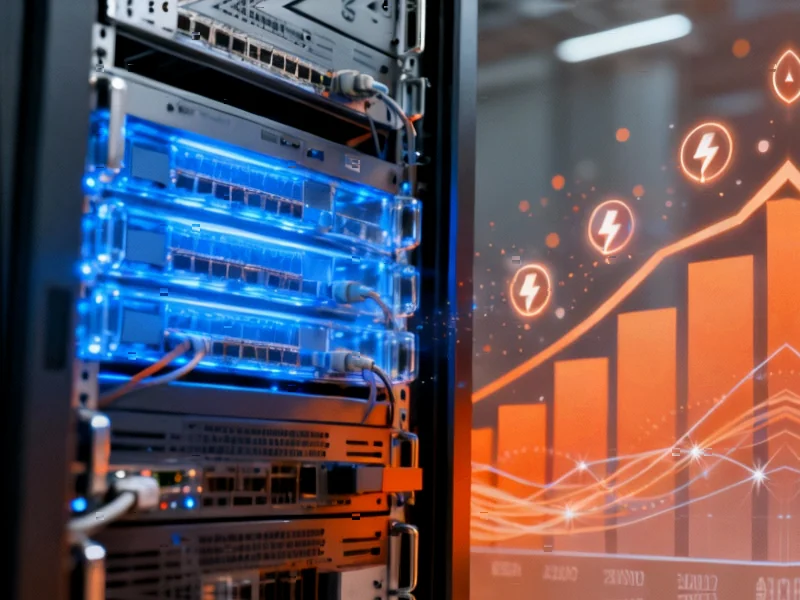AI Boom Fuels Rising Utility Bills
Consumers are facing increasing utility costs partially driven by the artificial intelligence sector’s massive electricity demands, according to a recent analysis from Bank of America Institute. The report indicates average utility payments rose 3.6% year-over-year in the third quarter of 2025, with further increases expected as power infrastructure struggles to keep pace with growing demand.
Table of Contents
Data Center Expansion Strains Power Grid
The analysis suggests that building data centers to support AI development is creating substantial pressure on electricity generation capacity and transmission infrastructure. “Rising demand for electricity from both data center development and manufacturing growth is already being reflected in residential customer rates,” the report states. Infrastructure investments required for data center expansion are reportedly incorporated into utility tariffs that affect all ratepayers.
Sources indicate that the massive scale of AI infrastructure investment is having measurable economic impact. Harvard economist Jason Furman noted that without data center construction, America’s annualized GDP growth would have been just 0.1% in the first half of 2025.
Multiple Factors Driving Electricity Demand
Analysts suggest manufacturing and data centers will be important drivers of electricity demand over the next decade. Additionally, residential electrification, including electric vehicle adoption, is contributing to increased power consumption. The convergence of these factors is creating unprecedented pressure on electricity infrastructure that was designed for different usage patterns.
No Quick Solution in Sight
According to the analysis, electricity supply continues to struggle with rapid demand increases due to the capital intensity and regulatory requirements involved in expanding generation and transmission capacity. While solar generation and storage may help address some shortfalls, analysts suggest they don’t provide the comprehensive solution needed for long-term stability.
“There is likely further upside ahead,” the report states regarding potential bill increases. Peak demand periods are expected to continue pushing prices higher as the infrastructure catch-up continues.
Broader Economic Implications
The rising utility costs come at a challenging time for consumers, particularly lower-income households already facing pressure from slowing wage growth. Analysts suggest that if utility bill increases prove significant and persistent, they could become a headwind to overall consumer discretionary spending.
Major technology companies including Microsoft, Google, Amazon, Meta, and Nvidia have poured tens of billions into AI infrastructure, with projects like the $500 billion Stargate initiative for OpenAI demonstrating the scale of investment. As Bank of America analysts note, the question remains when power supply will finally catch up with the booming demand created by this technological transformation.
Related Articles You May Find Interesting
- Fedora Implements Groundbreaking Policy for AI-Assisted Development Contribution
- Lakestar Halts New Venture Fundraising, Shifts Focus to Existing Portfolio
- Pakistan-Affiliated Hackers Deploy New Linux Malware in Indian Government Cyber
- Popular ‘Privacy Browser’ Allegedly Functions as Spyware, Researchers Claim
- Former Whole Foods CEO Reveals Activist Investor Threats Forced Amazon Sale
References
- https://www.hks.harvard.edu/faculty/jason-furman
- http://en.wikipedia.org/wiki/Data_center
- http://en.wikipedia.org/wiki/Electricity
- http://en.wikipedia.org/wiki/Bank_of_America
- http://en.wikipedia.org/wiki/Artificial_intelligence
- http://en.wikipedia.org/wiki/Compound_interest
This article aggregates information from publicly available sources. All trademarks and copyrights belong to their respective owners.
Note: Featured image is for illustrative purposes only and does not represent any specific product, service, or entity mentioned in this article.



